Campanilla: [Cultivation, Irrigation, Care, Pests and Diseases]
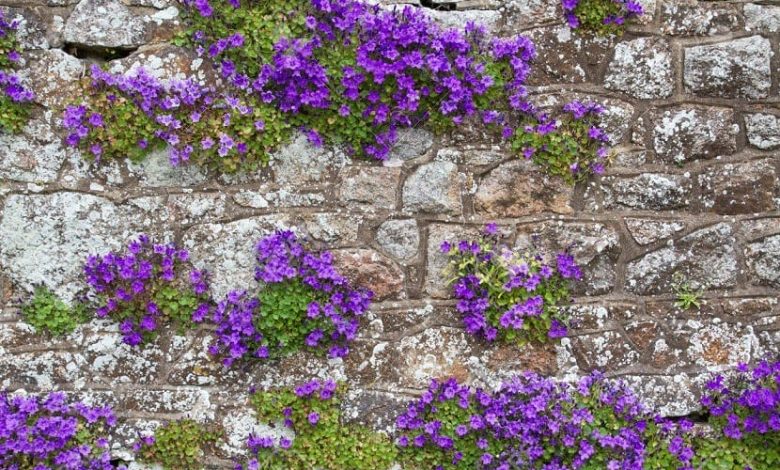
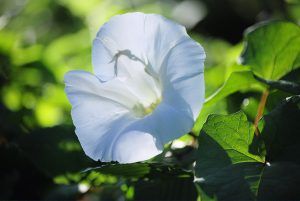 Convolvulus arvensis, better known as morning glory, is a plant native to Eurasia. It has been widely distributed in temperate and tropical climate regions.
Convolvulus arvensis, better known as morning glory, is a plant native to Eurasia. It has been widely distributed in temperate and tropical climate regions.
The bellflower is an exotic vine known for its ornamental qualities. However, it contains medicinal properties that allow it to function as a laxative and diuretic, as well as to reduce fever and heal wounds.
Due to its rapid growth and ability to reproduce, Convolvulus arvensis has become an invasive species in some areas of North America.
The bluebell has a powerful reproductive ability. Just a 5-centimeter fragment of the root of this plant can be enough to produce new shoots.
Important points when sowing a bluebell:
- Scientific name: Convolvulus arvensis.
- Common name: Campanilla, bell flower, bindweed, cahiruela.
- Height: 50 centimeters to 2 meters.
- Light requirement: direct light and semi-shade
- Temperature: Warm and temperate climates.
- Irrigation: Low and moderate.
- Fertilizer: Organic fertilizer, if necessary.
What characteristics does the bell have?
The bluebell is a perennial herbaceous plant that can reach a height of between 50 cm to 2 m. It generally blooms from late spring to summer, but sometimes extends into fall.
Its rapid propagation is due to the great capacity of the roots to produce new shoots, which can reach a depth of 9 m. The bell stem is simple, thin and flexible. It can grow at ground level or vertically, in a spiral.

The leaves are alternate, with petiole and of different shapes: lanceolate, ovate or narrow. They can measure from 1 to 7 cm in length. In the case of flowers, these are solitary or grouped in groups of 2 or 3 and sprout from the stem, at the same level as that of the leaves.
They are characterized by their funnel-shaped, or trumpet-shaped, pentameric corolla that is pale pink or white. They measure from 1 to 2.5 cm. The fruits of the bluebell have the shape of an ovoid capsule with 4 that open irregularly. Lastly, the seeds are dark and also have an ovoid shape. They measure 3 to 5 mm long.
When to sow the bluebell?
Bindweed, also called bindweed, can be sown from seed throughout the year when it is found in sites with adequate moisture. However, it is recommended to be sown during peak germination in spring, early summer, and throughout the fall.
Generally, the seeds require going through the scarification technique to speed up their germination. Otherwise, they will remain inactive. On the other hand, root division cultivation can be done in the spring when new root growth occurs.
Where to plant the bluebell?
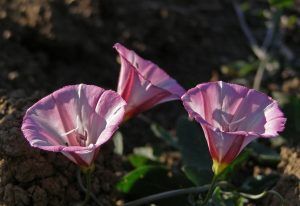 The bluebell reproduces best in dry regions with moderate to heavy rainfall. In fact, it usually occupies disturbed and cleared land, as long as it has good drainage.
The bluebell reproduces best in dry regions with moderate to heavy rainfall. In fact, it usually occupies disturbed and cleared land, as long as it has good drainage.
The best place to plant it should be one where it receives direct sunlight for much of the day, as the plants grow faster as the weather gets warmer.
Cold climates, or soils with excess water, are not favorable. This is because the plant will not produce viable seeds and its flowering will be much less than in sunny and dry environments.
How to prepare the land?
The bluebell is not a demanding species in terms of the type of soil available to propagate. However, it is favored by sandy loam soils, slightly stony and rich in organic matter.
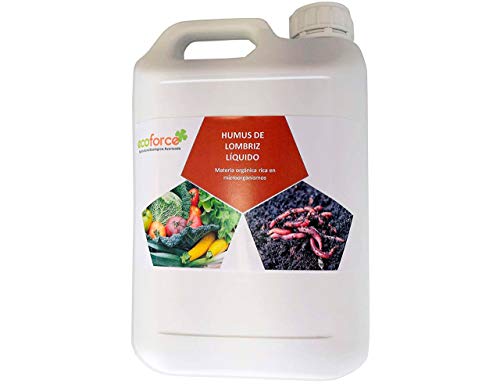
It adapts to acidic, alkaline and neutral soils, and it is generally not necessary to condition the substrate with fertilizers or organic manures.
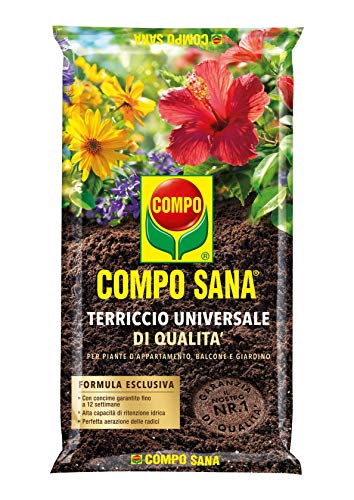
How do we water the bell?
The bluebell is a plant tolerant to drought and water stress. This is because in its first month it produces 15 to 30 leaves and, after 7 months, it develops a root system 2 meters deep, a fact that allows it to absorb the water it needs.
However, to avoid extreme conditions, the bluebell should be watered thoroughly when the substrate appears visibly dry.
How often do we water the bell?
As has already been seen, the bluebell is a species of low water consumption. Therefore, irrigation should be applied 2 or 3 times a week during growth periods, especially during spring and the season of strong drought.

On the other hand, irrigation should be applied once a week, or suspended, throughout the plant’s vegetative rest period, during the winter.
How to sow a bluebell step by step?
The bluebell can be grown from seeds or vegetatively, through cuttings. These two methods are briefly shared below.
by seed
- Put the seeds in a container with water and let them rest for 1 day.
- Sow the seeds in a container with moistened universal substrate, leaving a space of 3 centimeters between them and water lightly.
- Take the container outside and place it in semi-shade.
- Keep moist until seeds germinate.
by cuttings
- Cut a 5- to 10-centimeter section from a mature stem and keep a couple of leaves on top.
- In a pot with universal substrate, make a hole and insert the cutting up to half its height.
- Gently press the substrate and water until moist.
- Place the pot in semi-shade and continue applying irrigation.
What care does the bluebell need?
As has already been seen, the bluebell is a highly competitive species with native vegetation and with other crops. This situation can cause a reduction in local biodiversity and reduce the production of agricultural crops.

In view of the above, it is recommended to control the size of the vine by pruning, or plant it in a pot to prevent its growth from getting out of control.
What pests and diseases affect bluebells?
In general, the bluebell is a plant resistant to pests and diseases. However, it has been reported that it can be affected by the arthropods Galeruca rufa, Spermophagus senceus and Eriopbyes, among other insects, species that have been used to counteract its spread.
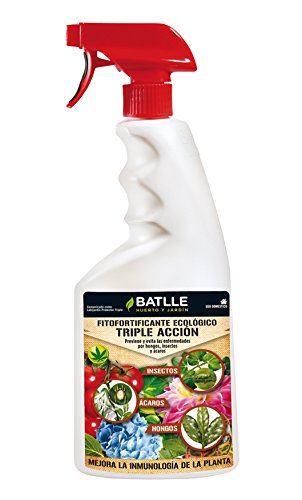
verticillium wilt
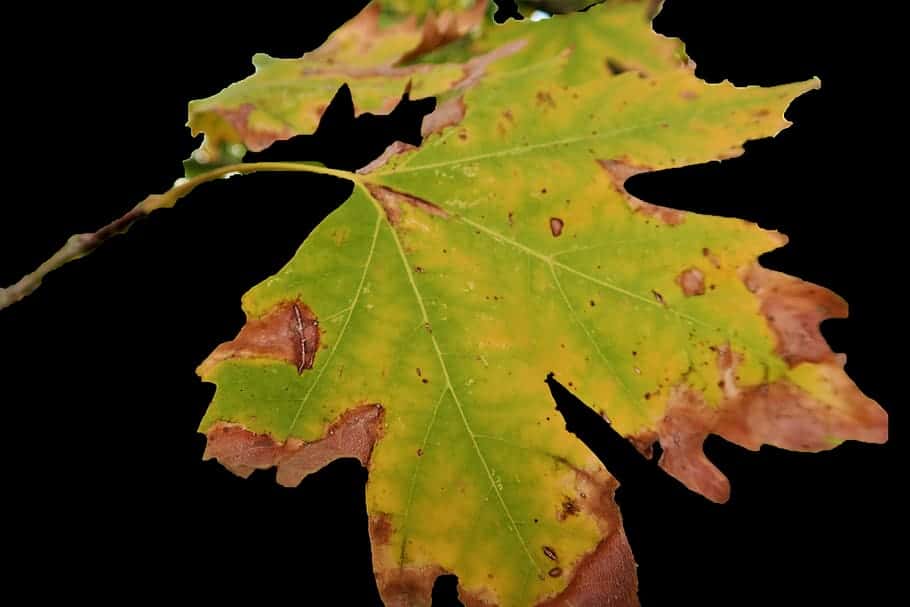 Verticillium or Verticillium wilt is a common soil fungus that thrives in temperate climates around the world and can be present in the soil for decades.
Verticillium or Verticillium wilt is a common soil fungus that thrives in temperate climates around the world and can be present in the soil for decades.
Verticillium wilt overwinters in the soil as dormant mycelium or tiny dormant black structures called microsclerotia, waiting for favorable conditions to return.
They enter damaged plant tissue through the roots and multiply. Many common weeds, such as dandelions and weeds, can be Verticillium host species.
Verticillium wilt is a disease that affects more than 350 species of eudicolous plants. It is caused by six species of Verticillium fungi: Verticillium dahliae, Verticillium albo-atrum, Verticillium longisporum, Verticillium nubilum, Verticillium theobromae, and Verticillium tricorpus.
Many plants with significant economic weight are susceptible, such as cotton, tomatoes, potatoes, oilseed rape, aubergines, peppers, and ornamental plants, as well as others in natural vegetation communities.
Many species and cultivars of eudicots are resistant to the disease, and all monocots, gymnosperms, and ferns are immune. To know more: Verticillium wilt in the Orchard: What is it? How do we identify it?
References
- https://www.luontoportti.com/suomi/en/kukkakasvit/wild-bell
- https://www.cabi.org/isc/datasheet/15101#tosummaryOfInvasiveness
- http://hilgardia.ucanr.edu/Abstract/?a=hilg.v50n02p019
- http://www.conabio.gob.mx/malezasdemexico/convolvulaceae/convolvulus-arvensis/fichas/ficha.htm
- https://en.wikipedia.org/wiki/Convolvulus_arvensis
- https://www.lifeder.com/convolvulus-arvensis/

![Photo of Musk Thistle: [Cultivation, Irrigation, Care and Problems]](https://www.complete-gardening.com/wp-content/uploads/2022/08/musk-thistle-cultivation-irrigation-care-and-problems-390x220.jpg)
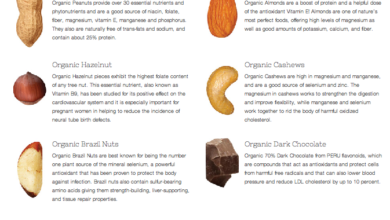
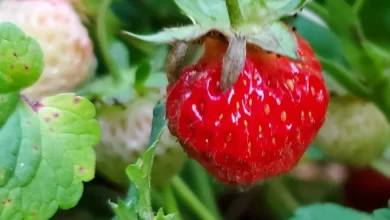
![Photo of Plant Cyclamen in your Garden: [Care, Irrigation and Transplantation]](https://www.complete-gardening.com/wp-content/uploads/2022/08/plant-cyclamen-in-your-garden-care-irrigation-and-transplantation-390x220.jpg)